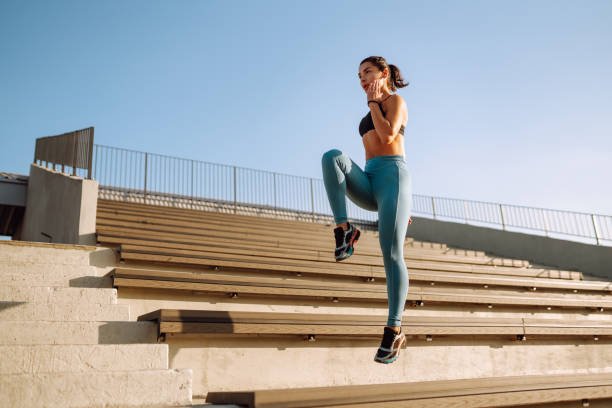
The fitness world moves quickly. New training styles rise in popularity, promising faster results, more efficient routines, or better balance of mind and body. Some trends fade away, but others earn their place because the science behind them is real. High intensity interval training, better known as HIIT, is one of those. At the same time, two long-standing practices, yoga and Pilates, continue to attract people searching for flexibility, strength, and overall wellness. Choosing between them depends on understanding what each brings to your body.
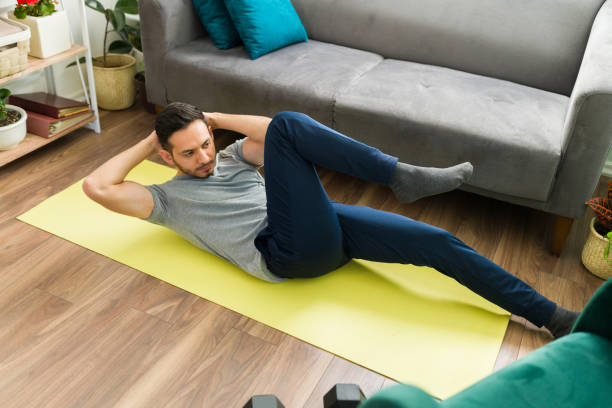
This article dives into both. You will see why HIIT is praised as one of the most effective fat burning workouts available and how it compares with yoga and Pilates when deciding which approach is right for you. Together these fitness methods cover nearly every angle of health: stamina, strength, mobility, recovery, and mental focus.
HIIT Workouts and How They Burn Fat Fast
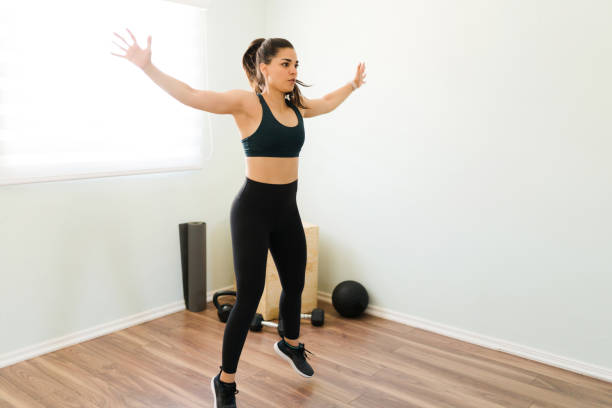
HIIT is short for high intensity interval training. It alternates between bursts of intense activity and periods of rest or lighter effort. A classic example would be sprinting for thirty seconds followed by walking for one minute, repeated for twenty minutes. The appeal is simple: it saves time. Research shows that HIIT delivers similar or better results in half the time compared to traditional steady-state cardio.
The science behind HIIT is linked to excess post-exercise oxygen consumption, often called the afterburn effect. During intense bursts, your body pushes beyond its comfort zone. Muscles demand more oxygen than your system can immediately provide. Once the workout stops, the body continues to consume oxygen at a higher rate to restore balance, repair muscle tissue, and replenish energy stores. This elevated calorie burn can last for hours after the workout ends, making HIIT a fat burning powerhouse.
What makes HIIT effective is not just calorie burning. It also improves insulin sensitivity, which helps regulate blood sugar and reduces fat storage. Studies in the Journal of Obesity have shown that people who perform HIIT three times a week can lose significantly more fat compared to those who stick to traditional cardio sessions. It is particularly effective at targeting stubborn visceral fat around the abdomen, which carries higher health risks.
Key Benefits of HIIT Workouts
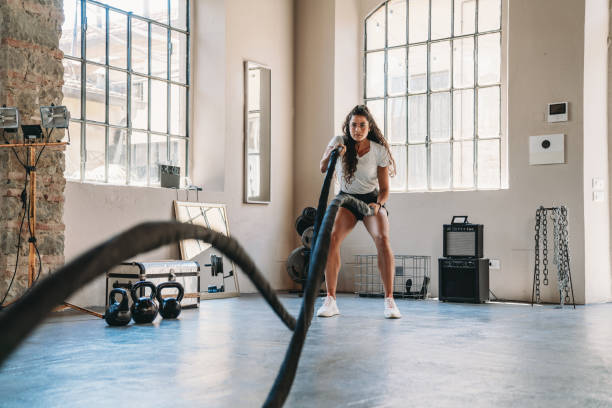
Time efficiency is the most obvious advantage. A full workout can be completed in fifteen to twenty minutes. This makes HIIT realistic for busy schedules.
Cardiovascular health improves quickly. Alternating intensity pushes the heart and lungs to adapt, leading to better endurance and stronger circulation.
Metabolism gets a measurable boost. The afterburn effect means you continue burning calories well after leaving the gym.
Fat loss is targeted more effectively. HIIT reduces both subcutaneous fat under the skin and deeper visceral fat around the organs.
Muscle retention is better compared to steady-state cardio. Because HIIT often uses bodyweight moves like burpees, squats, or push-ups, it stimulates muscles while burning fat.
Designing a HIIT Session
A beginner-friendly session could include thirty seconds of high knees, followed by thirty seconds of rest, repeated for ten rounds. More advanced routines add compound moves like jump squats, mountain climbers, or kettlebell swings. The key is intensity during the work phase. If you can easily hold a conversation, you are not pushing hard enough.
Experts recommend performing HIIT workouts two to three times per week. Doing more can lead to overtraining because the body needs time to recover from the stress. Pairing HIIT with strength training or low-intensity activities like walking creates a balanced program.
Safety is important. People with heart conditions, joint issues, or injuries should consult a health professional before starting. Warm-ups and cool-downs reduce injury risk and prepare the body for the demands of intense intervals.
Yoga and Pilates: Different Paths to Strength and Flexibility
While HIIT focuses on short bursts of exertion, yoga and Pilates emphasize controlled movement, flexibility, and mind-body connection. Both are popular worldwide, but their origins and goals differ.
Yoga is thousands of years old, rooted in Indian tradition. It combines physical postures, breathing exercises, and meditation. Modern styles range from gentle restorative yoga to demanding vinyasa flows and hot yoga sessions. The primary benefits include improved flexibility, reduced stress, enhanced balance, and increased mindfulness.
Pilates is much newer, developed in the early twentieth century by Joseph Pilates. It focuses on core strength, alignment, and controlled, precise movements. Many routines use a mat, while others involve specialized equipment like the reformer machine. Pilates strengthens deep stabilizing muscles, improves posture, and helps prevent injuries.
Yoga vs Pilates: Which Is Right for Your Body?
If your goal is flexibility, stress relief, and overall mental calm, yoga offers unmatched benefits. It encourages relaxation and builds a stronger mind-body connection while improving mobility. Yoga is also diverse, allowing you to choose between gentle sessions or vigorous power classes depending on your mood.
If your focus is core strength, posture, and muscular control, Pilates is the better choice. It is especially helpful for people who spend long hours sitting or recovering from injuries because it targets the stabilizing muscles that protect the spine and joints.
Both yoga and Pilates improve balance and coordination, but the emphasis is different. Yoga works through stretching and holding poses that challenge stability, while Pilates uses repetitive, controlled motions to strengthen the midsection. Many athletes use Pilates to improve performance by building a stronger foundation for movement.
How Yoga Complements HIIT
Pairing yoga with HIIT offers balance. HIIT pushes the cardiovascular and muscular systems hard, creating stress in the body. Yoga helps release tension, reduce cortisol, and speed recovery. Postures like downward dog, pigeon pose, and child’s pose stretch tight muscles after intense training. The breathing techniques from yoga also enhance oxygen efficiency during HIIT sessions.
How Pilates Complements HIIT
Pilates builds the stability and core strength needed for explosive HIIT movements. Strong core muscles protect the lower back during burpees, squats, and sprints. Pilates also trains precise movement control, reducing injury risk during high-impact exercises. Adding even one Pilates session per week can sharpen form and improve performance in other workouts.
The Overlap Between Yoga and Pilates
Though distinct, both disciplines share common ground. Each focuses on alignment, breathing, and mental awareness. Both can be scaled to beginner or advanced levels, making them accessible regardless of fitness background. Many studios even offer hybrid classes that blend elements of yoga and Pilates, giving participants a taste of both approaches.
Making the Best Choice for You
When deciding between yoga and Pilates, consider your goals, personality, and lifestyle. Someone looking for stress reduction and spiritual grounding may prefer yoga. Someone aiming for improved posture and core stability may prefer Pilates. There is no wrong choice because both build strength, balance, and body awareness.
The smartest strategy may be integration. Use HIIT for cardiovascular and fat burning benefits, add Pilates for core control, and practice yoga for flexibility and recovery. This creates a complete fitness routine that touches every aspect of health without requiring hours in the gym every day.
The Future of Fitness Is Personal
The rise of HIIT, yoga, and Pilates reflects a shift in how people view exercise. It is not just about burning calories but about building resilience, mental focus, and overall quality of life. Quick fat burning sessions, mindful stretching, and precise core training each serve a purpose. Together they create a system that is sustainable, adaptable, and effective.
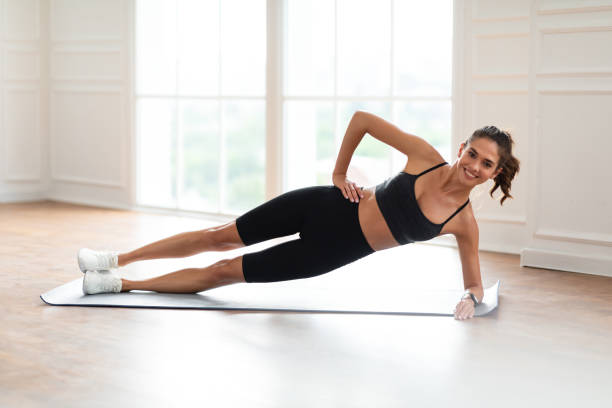
Whether you are sprinting through a HIIT circuit, holding a yoga pose, or performing controlled Pilates moves, the key is consistency. Choose what excites you, mix methods for balance, and listen to your body. Fitness is not a one-size-fits-all formula but a lifelong practice of discovering what helps you thrive.




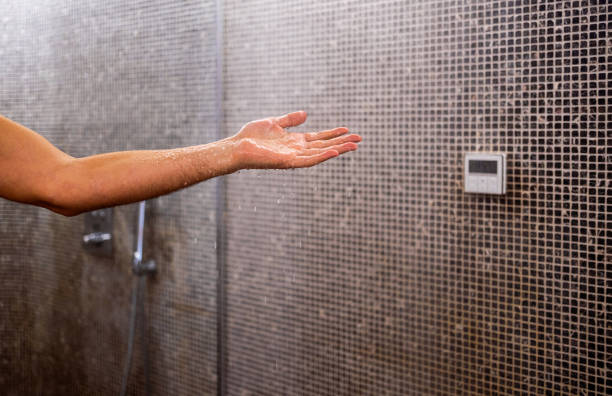

Comments (0)